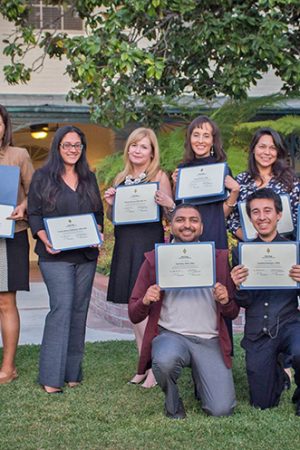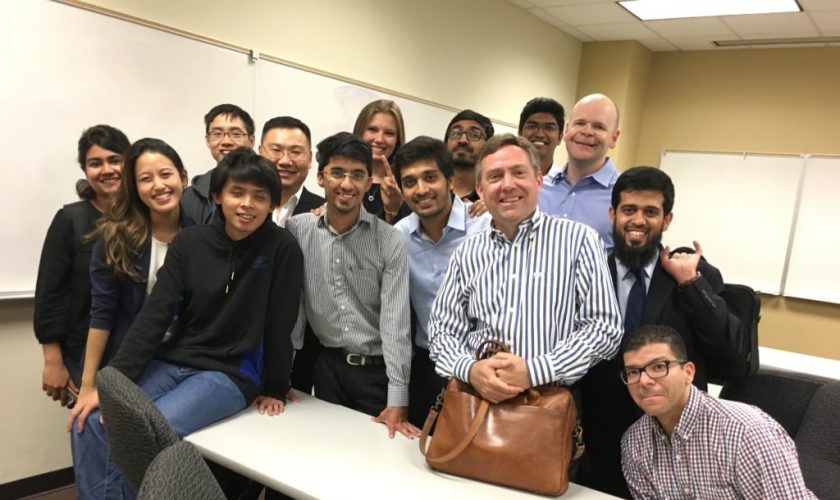
The month of April, writes Professor Lori Anne Ferrell in a commentary piece in the Los Angeles Times, offers us \”30 days to contemplate anew why this specific art of words holds a location within the collective heart that's unrivaled.\”
In accessory for being National Poetry Month, this April also marks the 25th anniversary from the Kingsley & Kate Tufts Poetry Awards, which is presented Thursday, April 20, in the Los Angeles Public Library to this year's recipients, Vievee Francis and Phillip B. Williams. Ferrell considers this a perfect highpoint for the university as well as for National Poetry Month.
\”At my university we celebrate the month in grand style. We give out two generous poetry awards,\” Ferrell writes in her Times op-ed piece.
Poetry offers a respite, Ferrell continues: “For us, these awards at least start to ensure that, the status of federal funding for the arts and humanities notwithstanding, works of great American poetry will outlast their moment. They provide us the opportunity to recognize poetry at a time when language is being applied roughly and recklessly in public forums across media and the nation, when complicated arguments and crude insults have been reduced to 140-character parodies from the elegant concision and keen insights poetry is known for.”
Francis, the writer of Forest Primeval, has been chosen for the $100,000 Kingsley Tufts Award, which recognizes a mid-career poet. For his volume Thief within the Interior, Williams continues to be chosen for that $10,000 Kate Tufts Discovery Award, which honors an emerging poet of promise. In their works, each poet embarks on the bold, vibrant search for race and identity in America. (More information on the winners.)
Ferrell, who can serve as the Tufts awards director, also told the Los Angeles Daily News the Tufts awards \”become a snapshot of where this culture reaches this exact moment.\”
This double coverage-in the pages from the Times and also the Daily News-kicked off a busy week of poetry.
In accessory for Thursday's ceremony in Los Angeles, this week's events include a reading on the CGU campus April 19 with Don Share, Elena Karina Byrne, and Brian Kim Stefans-all accomplished poets. The 3 also served as people in the ultimate judging committee for this year's Tufts awards.
On April 21, a Kingsley & Kate Tufts Poetry Marathon will be held in the Claremont Colleges' Honnold Library. The event is free of charge and open to the general public.
For a lot of this year's Tufts celebrations and events, visit the Kingsley & Kate Tufts Poetry website.




















